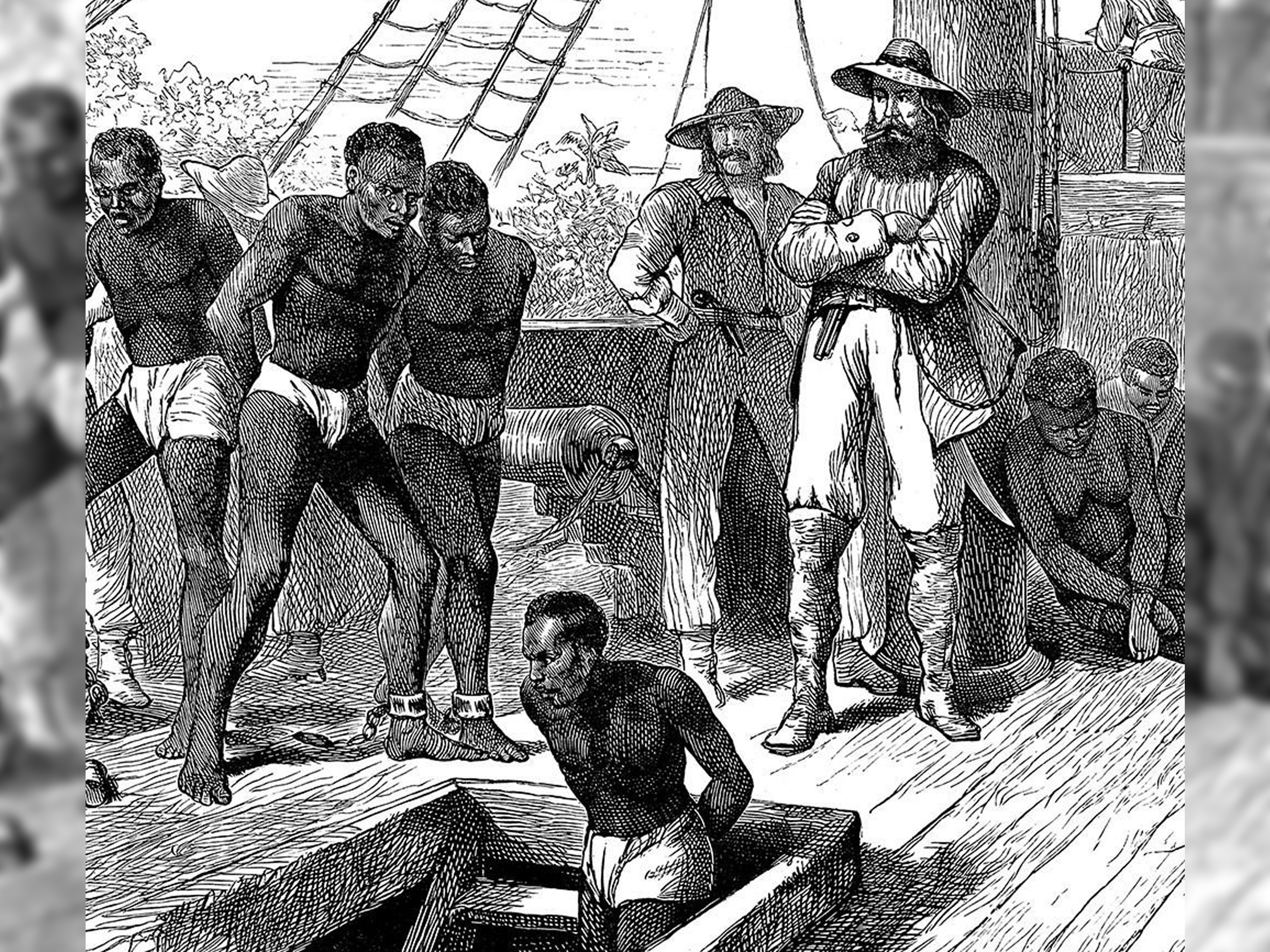Ghana has a rich and complex history, and one of its most significant and tragic chapters is the transatlantic slave trade. For centuries, Ghana was a key hub in the global slave trade, with millions of men, women, and children forced into slavery and transported across the Atlantic to the Americas. Today, visitors to Ghana can uncover the history of this period and learn more about its impact on the country and its people.
- The Transatlantic Slave Trade
- Ghana's Role in the Slave Trade
- The Legacy of the Slave Trade
- Visiting Ghana's Slave Forts and Castles
The transatlantic slave trade, also known as the triangular trade, involved the forced transportation of African slaves from West Africa to the Americas, where they were used as laborers on plantations and in other industries. The trade involved three main stages: the capture and enslavement of Africans in West and Central Africa, their transportation across the Atlantic to the Americas, and their sale and distribution to plantation owners and other buyers.
Ghana, then known as the Gold Coast, was a significant hub in the transatlantic slave trade. Between the 15th and 19th centuries, millions of Africans were captured and sold into slavery, with many passing through the country's numerous slave forts and castles along the coast. These forts, built by European colonial powers, were used to hold enslaved Africans before they were loaded onto ships bound for the Americas.
The legacy of the transatlantic slave trade can still be felt in Ghana today. The trade had a profound impact on the country's economy, society, and culture, and its effects are still being felt centuries later. Many Ghanaians are descendants of slaves who were taken from their homes and forced into bondage, and the trauma and pain of this period are still being felt by many.
Visitors to Ghana can learn more about the history of the transatlantic slave trade by visiting the numerous slave forts and castles along the country's coast. These forts and castles, many of which have been preserved as UNESCO World Heritage sites, provide a glimpse into the brutal conditions that enslaved Africans were forced to endure.
One of the most significant of these forts is the Cape Coast Castle, which was built by the British in the 17th century and used to hold enslaved Africans before they were transported to the Americas. Today, visitors can take a guided tour of the castle and learn more about its history and the lives of the people who were held there.
Other notable slave forts and castles in Ghana include the Elmina Castle, the Christiansborg Castle, and the Fort Metal Cross. Each of these sites offers visitors a chance to learn more about the history of the slave trade and its impact on Ghana and the world.
In conclusion, Ghana's role in the transatlantic slave trade is a dark chapter in the country's history, but one that must be remembered and understood. By visiting the slave forts and castles along the coast and learning more about this period, visitors can gain a deeper appreciation for Ghana's history and the legacy of the slave trade. It is a powerful and emotional experience that can help visitors to gain a better understanding of the world's past and the ongoing struggle for justice and equality.

